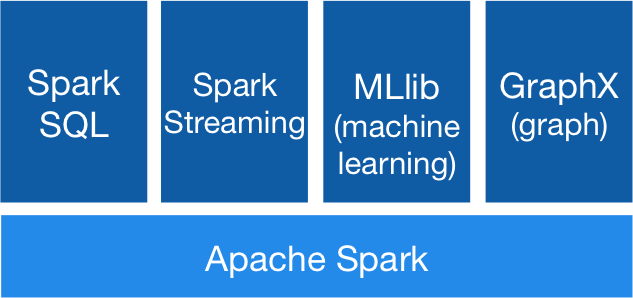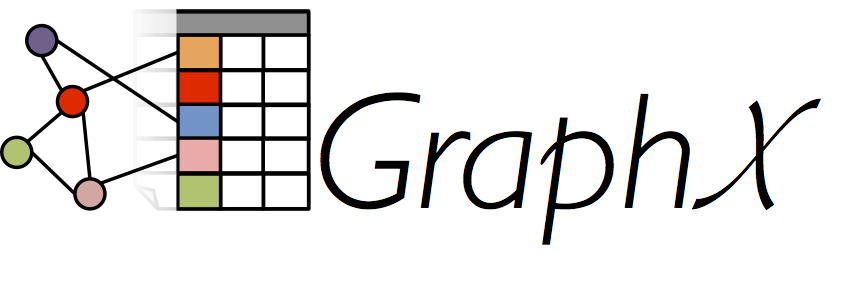What is Spark?
Spark is “a fast and general engine for large-scale data
processing”. – http://spark.apache.org/
Spark is also one of the most popular open source frameworks
for big data, based on number of contributors. Let us find out why this is the case.
When do you use Spark?
Suppose you would like to analyze a data set: perform ETL or
data munging, then run SQL queries such as grouping and aggregations against
the data, and maybe apply a machine learning algorithm. When the data size is
small, everything will run quickly on a single machine, and you can use analysis
tools like Pandas (Python), R, or Excel, or write your own scripts. But, for
larger data sets, data processing will be too slow on a single machine, and
then you will want to move to a cluster of machines. This is when you would use
Spark.
You could probably benefit from Spark if:
- Your data is currently stored in Hadoop / HDFS.
- Your data set contains more than 100 million rows.
- Ad-hoc queries take longer than 5 minutes to complete.
What Spark is Not, typical architecture
Spark can be a central component to a big data system, but
it is not the only component. It is not a distributed file system: you would
typically store your data on HDFS or S3. Nor is Spark a NoSQL database: Cassandra
or HBase would be a better place for horizontally scalable table storage. And,
it is not a message queue: you would use Kafka or Flume to collect streaming
event data. Spark is, however, a compute engine which can take input or send
output to all of these other systems.
How do you use Spark?
Implemented in Scala, Spark can be programmed in Scala,
Java, Python, SQL, and R. However, not all of the latest functionality is
immediately available in all languages.
What kind of operations does Spark support?
Spark SQL. Spark supports batch operations involved in ETL and
data munging, via the DataFrame API. It supports parsing different input formats,
such as JSON or Parquet. Once the raw data is loaded, you can easily compute
new columns from existing columns. You can slice and dice the data by filtering,
grouping, aggregating, and joining with other tables. Spark supports relational
queries, which you can express in SQL or through the DataFrame API.
Spark Streaming. Spark also provides scalable stream
processing. Given an input data stream, for example, coming from Kafka, Spark allows
you to perform operations on the streaming data, such as map, reduce, join, and
window.
MLlib. Spark includes a machine learning library, with
scalable algorithms for classification, regression, collaborative filtering, clustering,
and more. If training your dataset on a single machine takes too long, you
might consider cluster computing with Spark.
GraphX. Finally, GraphX is a component in Spark for scalable
batch processing on graphs.
As you may have noticed by now, Spark processing is batch
oriented. It works best when you want to perform the same operation on all of
your data, or a large subset of your data. Even with Spark Streaming, you
operate on small batches of the data stream, rather than one event at a time.
Spark vs. Hadoop MapReduce, Hive, Impala
How does Spark compare with other big data compute engines? Unlike
Hadoop MapReduce, Spark caches data in memory for huge performance gains when
you have ad-hoc queries or iterative workloads, which are common in machine
learning algorithms. Hive and Impala both run SQL queries at scale; the advantage
of Spark over these systems is (1) the convenience of writing both queries and UDFs
in the same language, such as Scala, and (2) support for machine learning
algorithms, streaming data, and graph processing within the same system.

